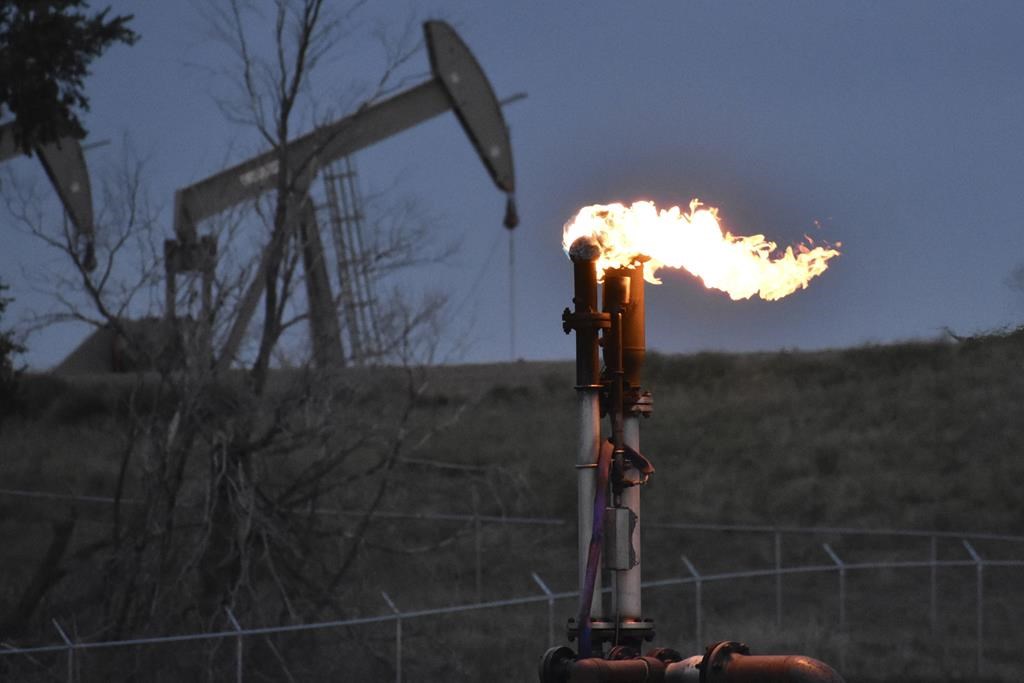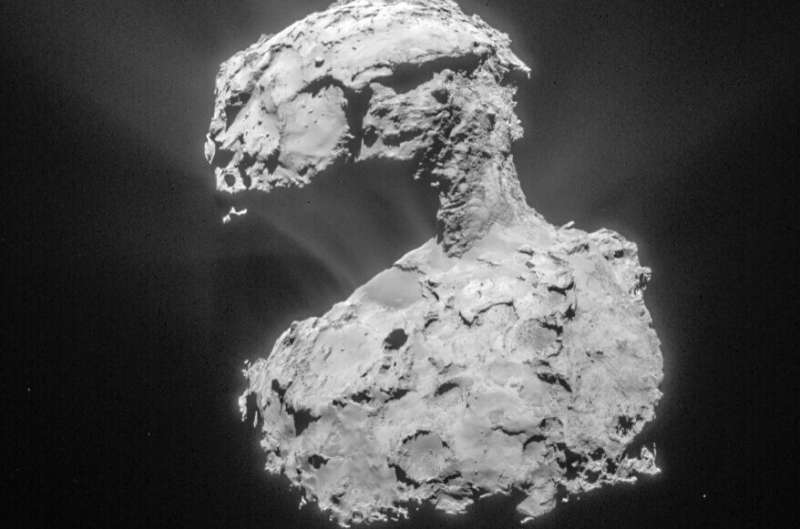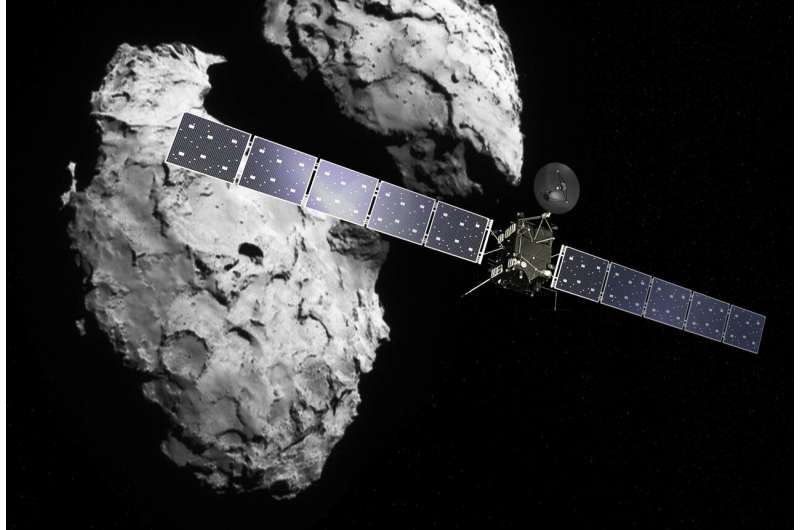Caroline Delbert
The objections include manufacturing issues, worker safety, and disaster plans.
ITER says it hopes to resume construction by April.
French officials with the nation’s nuclear regulatory body have ordered the ITER organization to stop construction of its humongous tokamak reactor while it addresses safety concerns over its assembly. Opponents of nuclear fusion research are citing this as a victory, but a lot is on the line for the billions of international dollars that are funding ITER.
The International Thermonuclear Experimental Reactor (ITER)—based in Saint-Paul-lez-Durance, France—is the result of decades of research around the world. Construction began on site in 2020, including the assembly of enormous parts that countries like the United States, India, and Korea have manufactured. To date, most of ITER’s assembly has included the outermost parts of the tokamak, like the container for the reactor and the large magnets that will contain the millions-of-degrees-hot hydrogen plasma inside.
The goal with ITER is not just to build a world-record sized reactor—it’s also meant to foster collaboration among the international community as various countries put their manufacturing chops to the test and learn new information for dozens of smaller global reactor projects in progress. ITER wants to demonstrate that productive nuclear fusion is possible and serve as inspiration. That’s one reason why an obstacle like halted assembly feels like an even bigger deal.
So what happened in France?“[O]n 25 January, France’s Nuclear Safety Authority (ASN) sent a letter ordering a stoppage until ITER can address concerns about neutron radiation, slight distortions in the steel sections, and loads on the concrete slab holding up the reactor,” Science explains in a report.
AdChoices
Anti-fusion activist and industry journalist Steven Krivit was first to break the news of the letter on his website New Energy Times. Krivit sent the letter to various science outlets—Popular Mechanics included—and said in a follow-up email that he and New Energy Times first reported on the broken equipment problem several months ago. Krivit says two big pieces needed for ITER were altered during manufacturing and must be repaired through a different welding plan, something that ITER has said can only be done on site in their facilities. This is something France’s Nuclear Safety Authority takes issue with.

The risks at ITER are in the same category as any other nuclear power facility. If something is structurally wrong, that increases the possibility that radiation could leak out into the surroundings. While Krivit’s beat has mostly been what he says are the false claims made by fusion researchers—hiding the true energy cost of reactors, for example, and underplaying how far we still are from fusion ignition or energy-productive fusion—these are far simpler questions of safety itself. If the world’s biggest fusion reactor can’t be built safely, it shouldn’t be built, period.
The letter is in French, so is not appropriate to quote from here, but it details a long list of issues the French regulators have with what has happened at ITER so far. That includes the pieces that were manufactured out of their expected dimensions, which changes the dynamics when those pieces are welded. It also includes concerns that ITER’s safety plans don’t account for the idea of a severe earthquake. ITER must also show more clearly that workers will be safe from the neutron flux when the facility is up and running.
ITER boss Bernard Bigot tells Science he hopes ITER will satisfy ASN’s points and resume its welding plans by April.

















